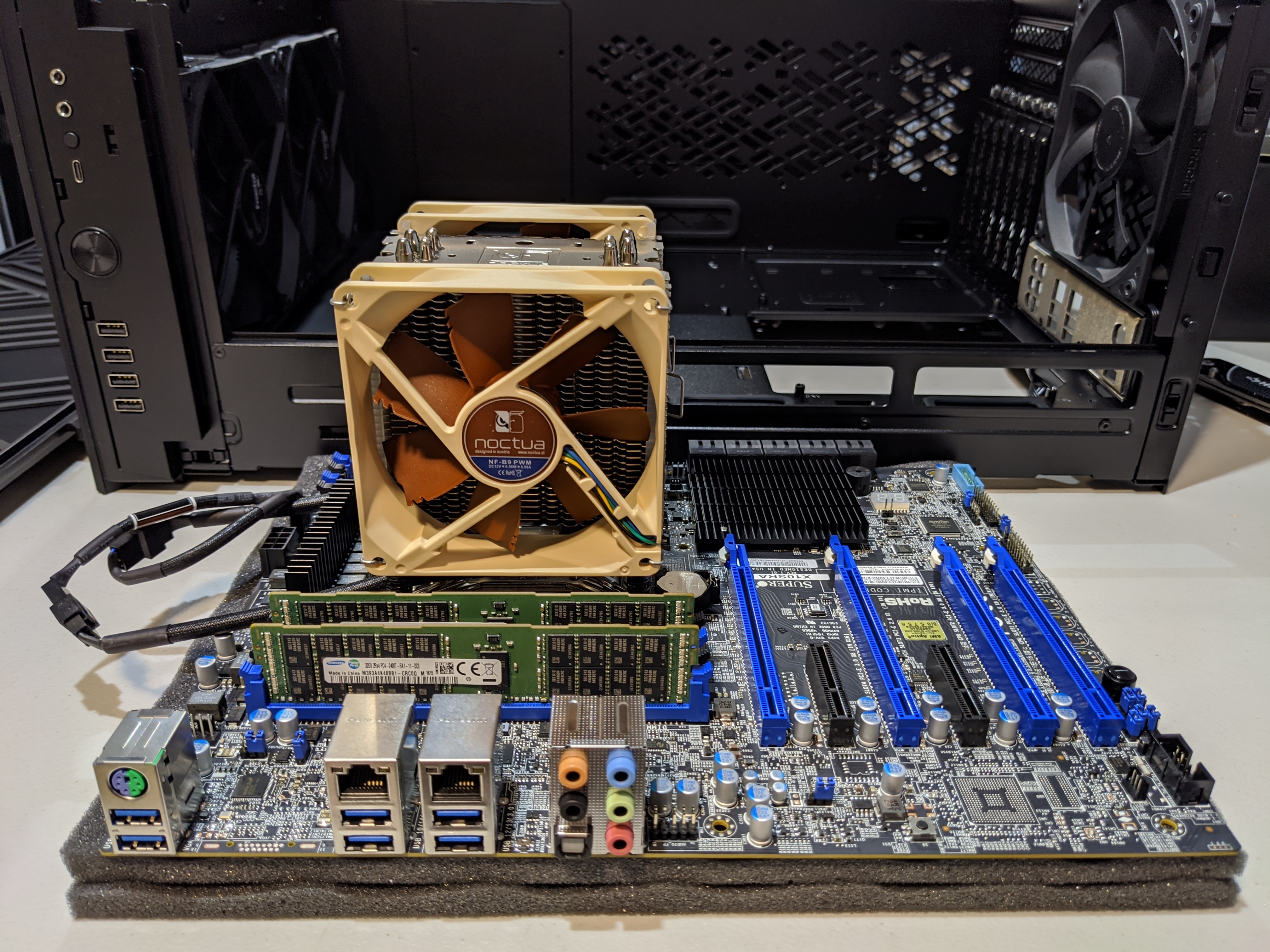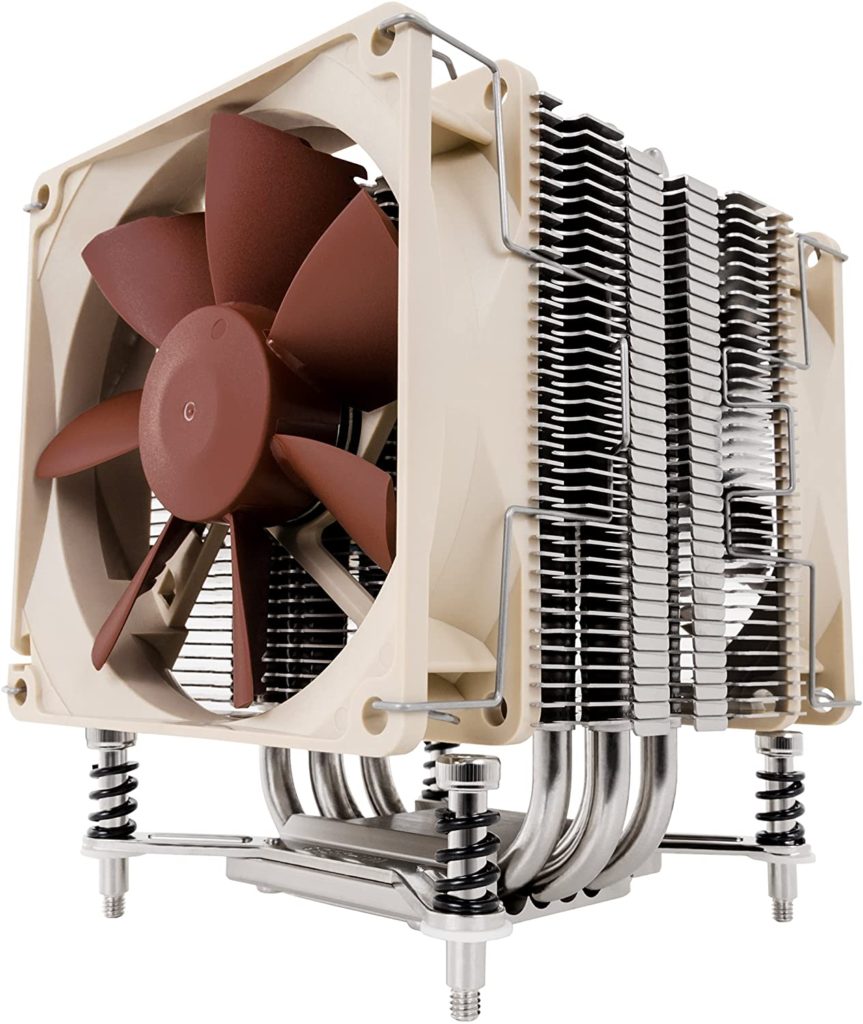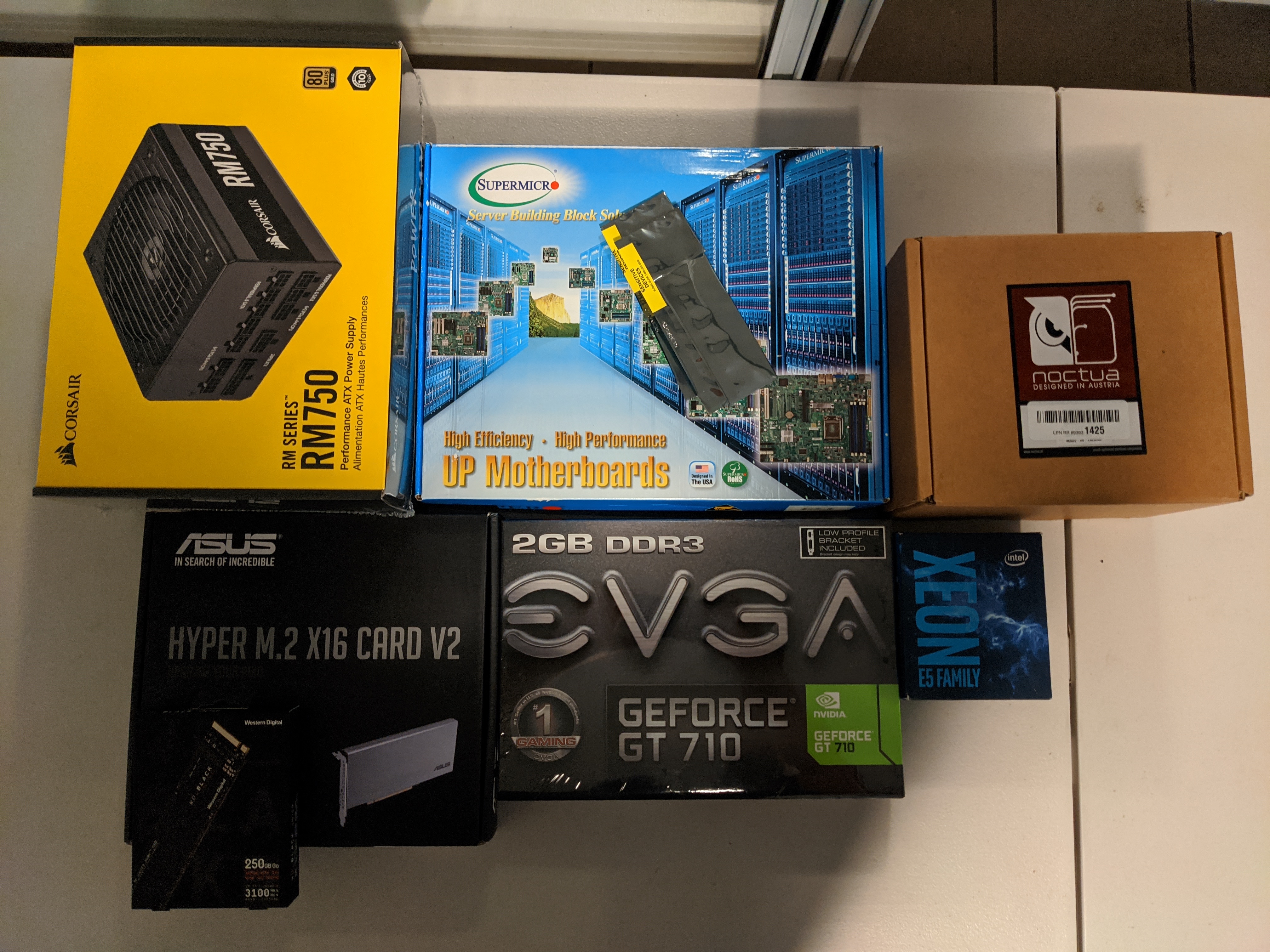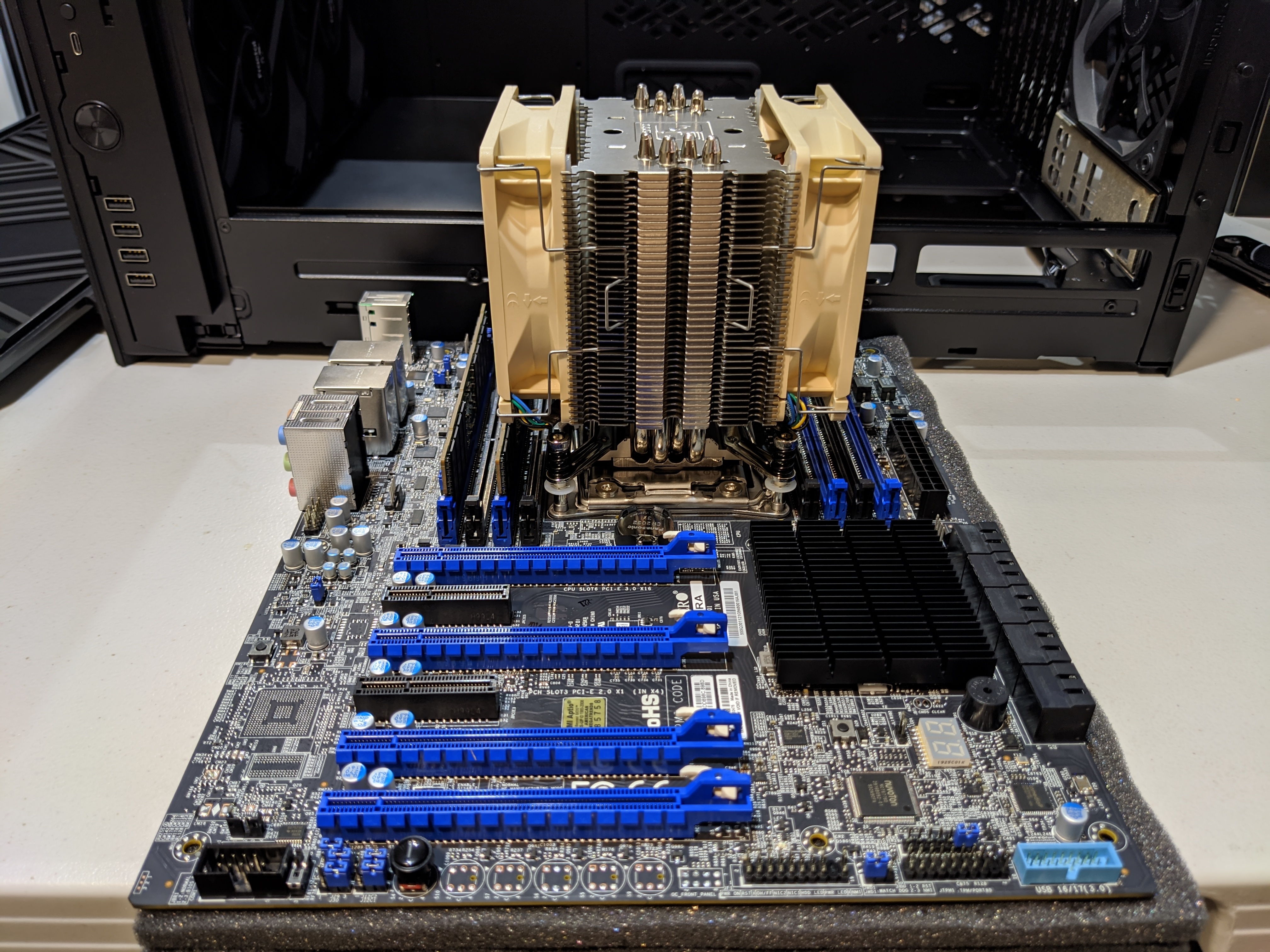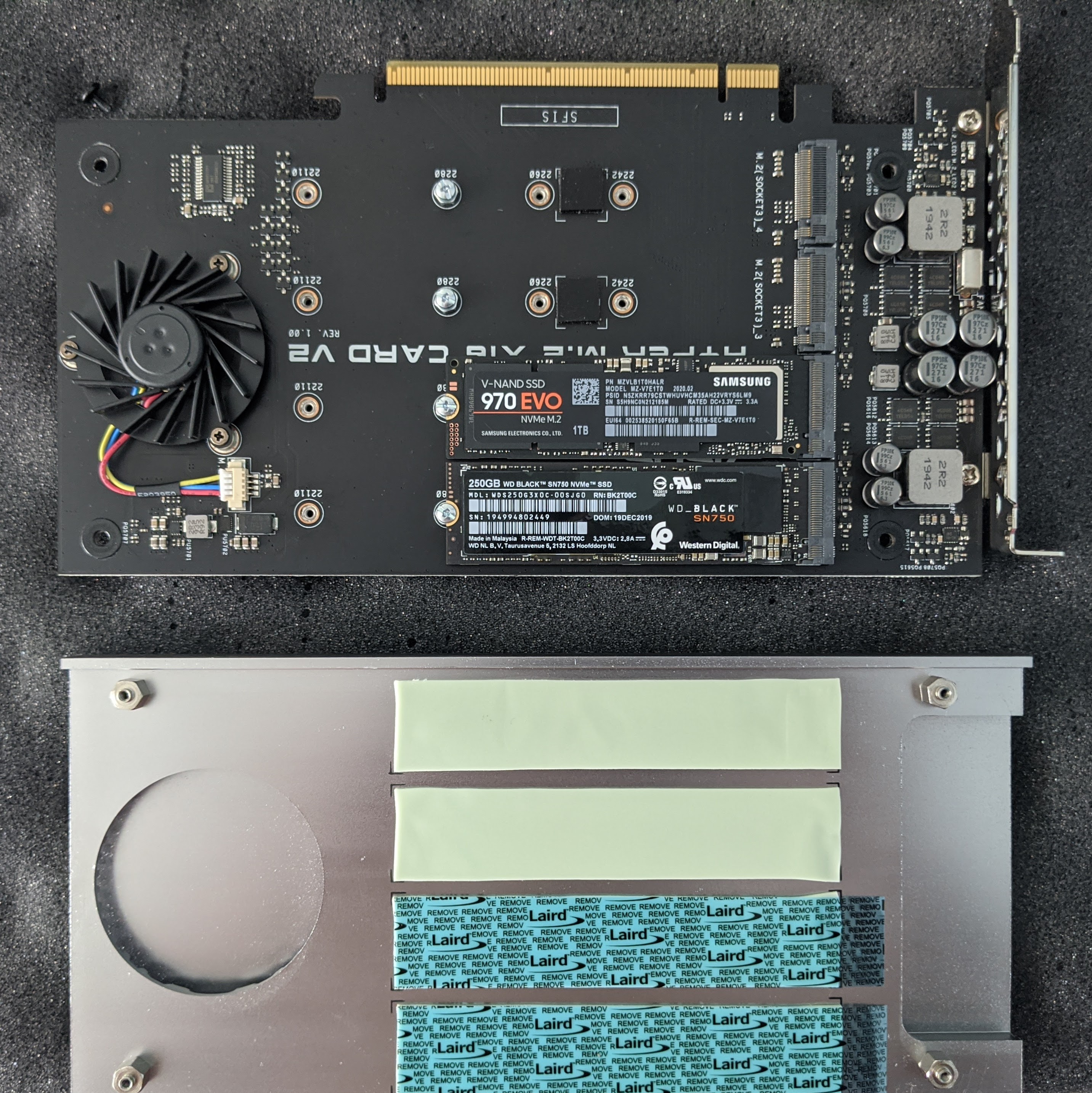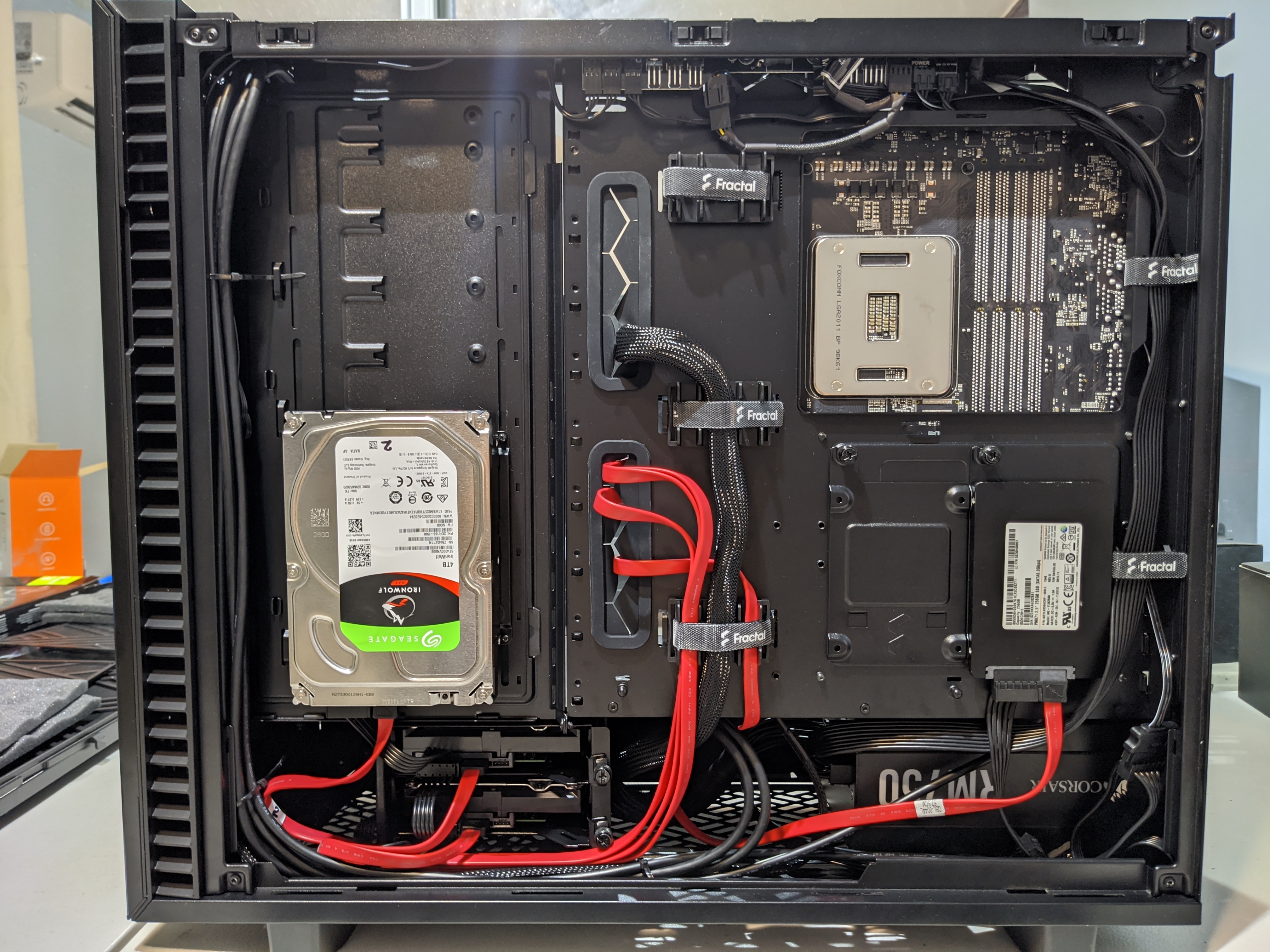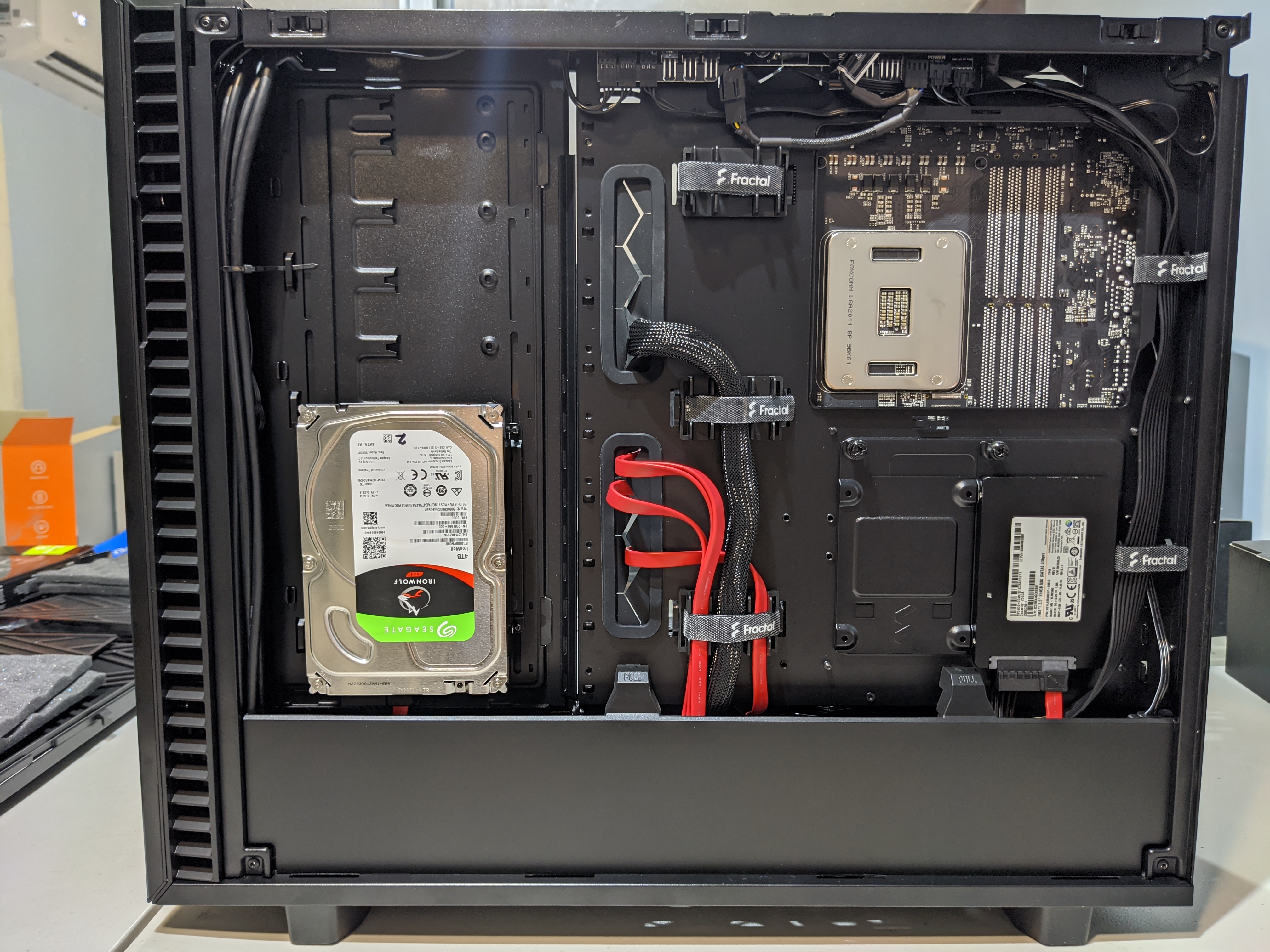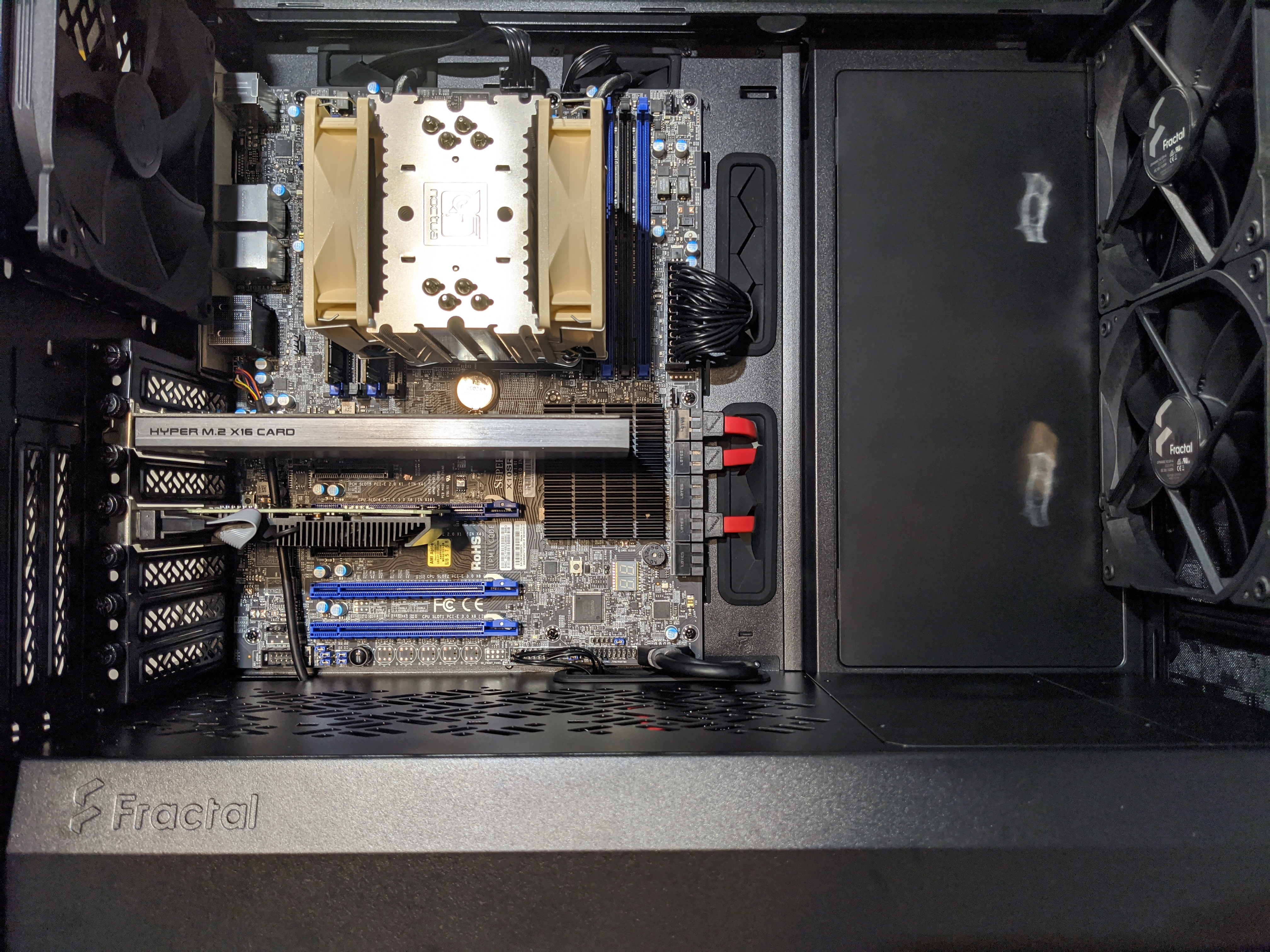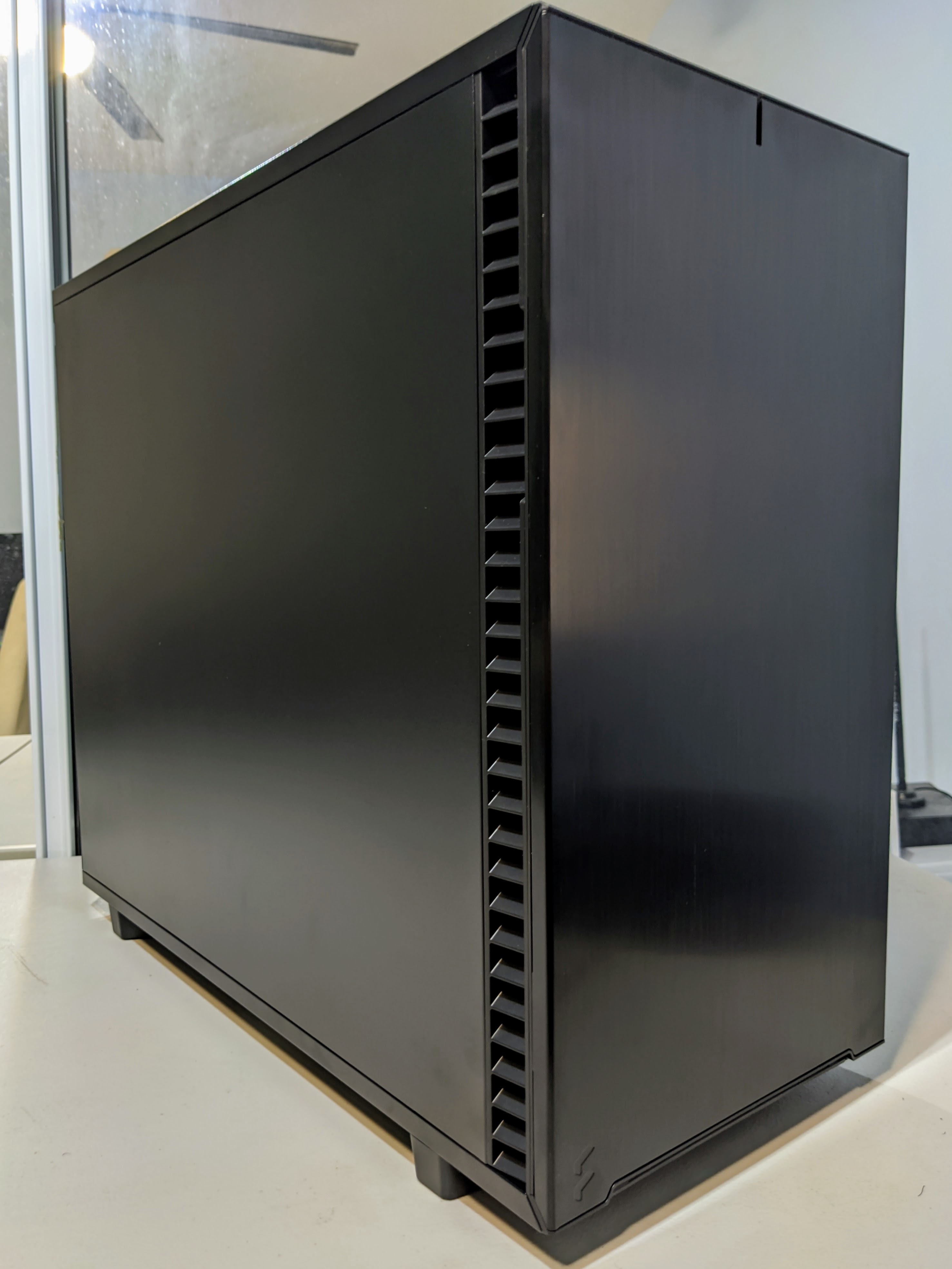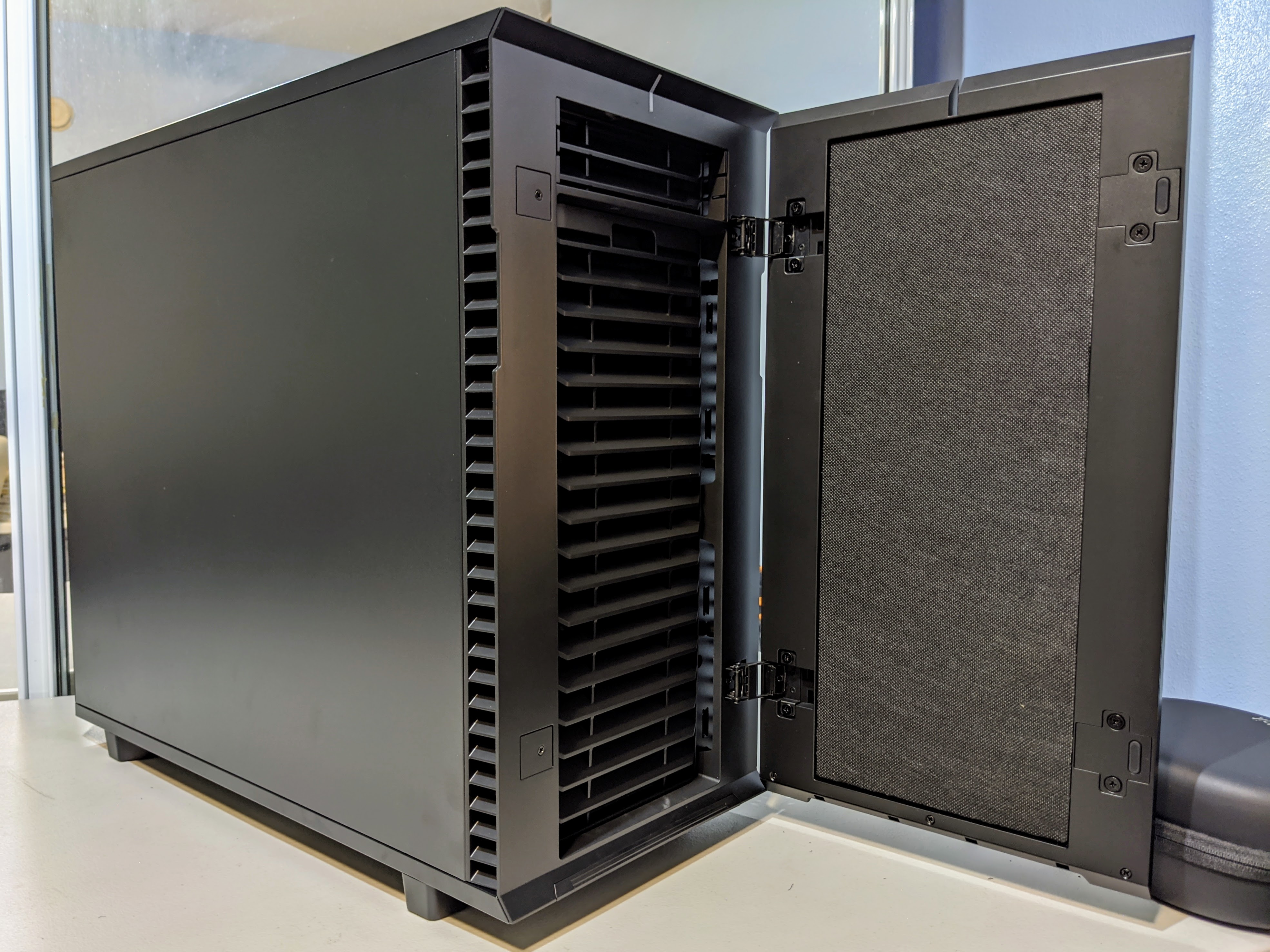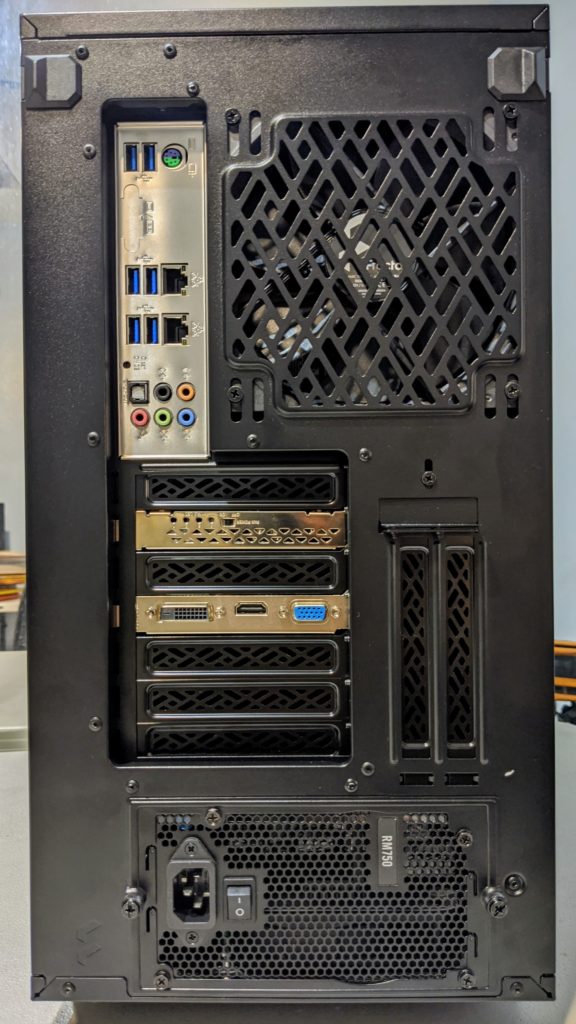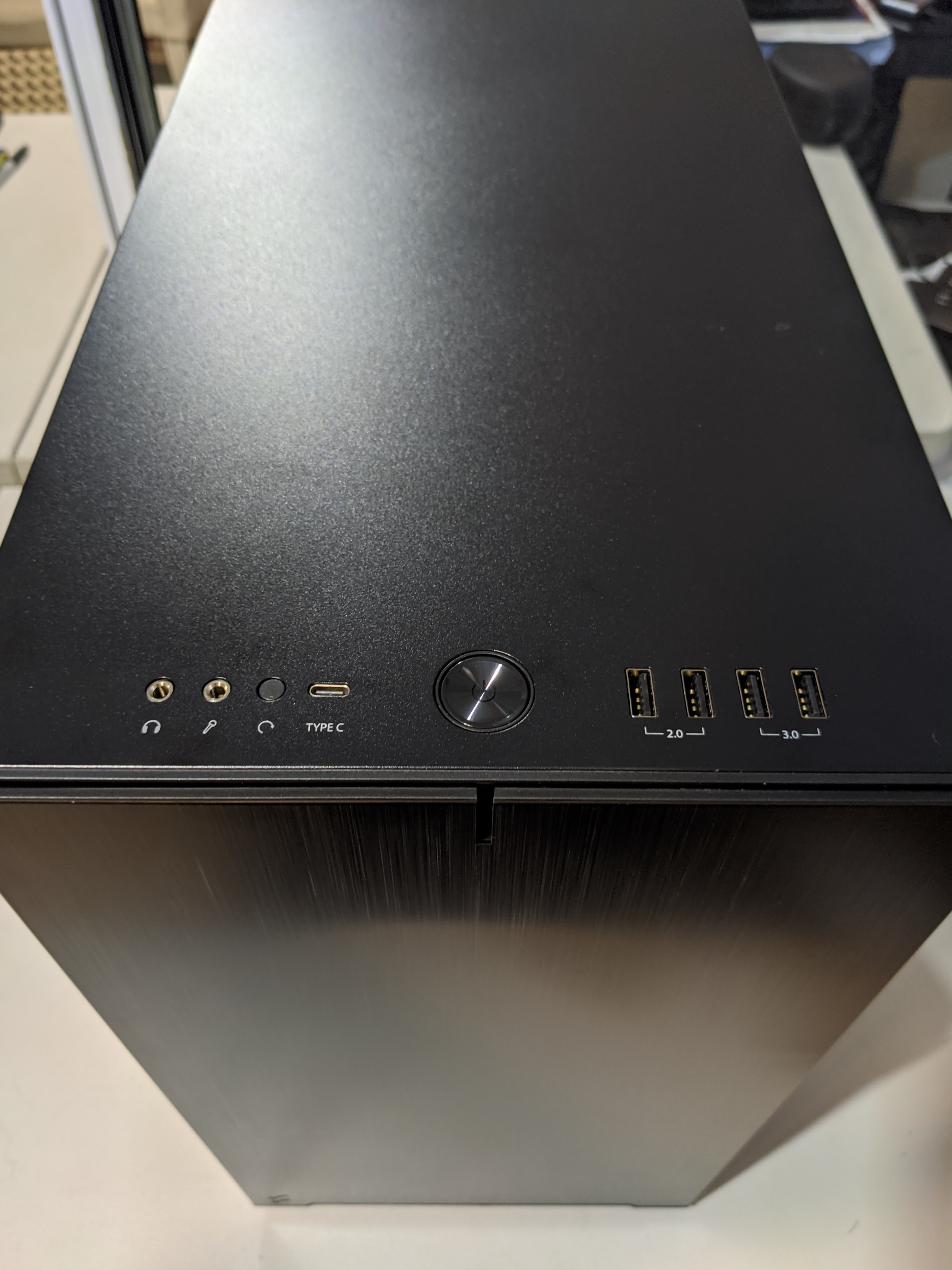Note: Commissions may be earned from product links below. ?
- vSphere Home Lab: Planning (previous post)
- vSphere Home Lab: Hardware Selection & Build (this post)
- vSphere Home Lab: Single Host Design (coming soon)
- vSphere Home Lab: [Comment and let me know what would you like to see next…]
After making the decision to build a custom server for my home workloads and labs, next comes the hardware selection. To be completely honest I am EXTREMELY outdated on custom hardware builds, specs and everything related to this. Most people will assume that I know about these things for being a tech guy, but that’s not directly related to my expertise. However, more important than knowing about everything, is having the contact of the one who does.
Now, to be real, I only had one(1) friend who actually has a real home-lab/server, already passed through the research phase of it, and since I trust his technical knowledge, why do it all over again, right? He gave me a starting point and a couple hardware recommendations based on my budget and then I just simply changed a bit here and there.
Note: This is the same guy that introduced me to Linux and gave me my first CD (yes, physical compact disks where a thing) with a Mandrake release when I was around 12 years old, this ruined my life and took me to the dark side forever. (lol, thank you Jon!)
If you would like to know more details/background about the factors involved on the decision making for this hardware, take a look at my previous post.
CPU
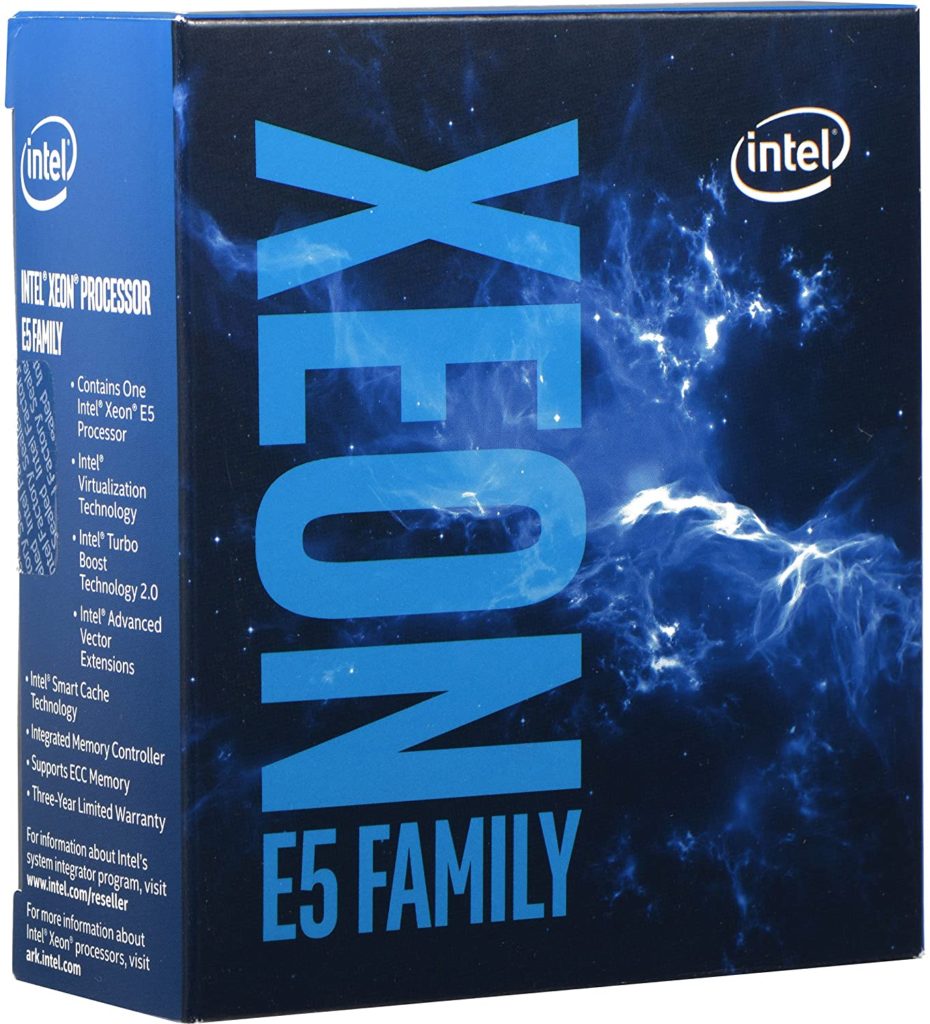
Intel® Xeon® Processor E5-2620 v4
A perfect happy medium between performance & cost. At the moment of purchase (April 2020), if you just went with two more cores, the price jump was ridiculous.
Cooler
Motherboard
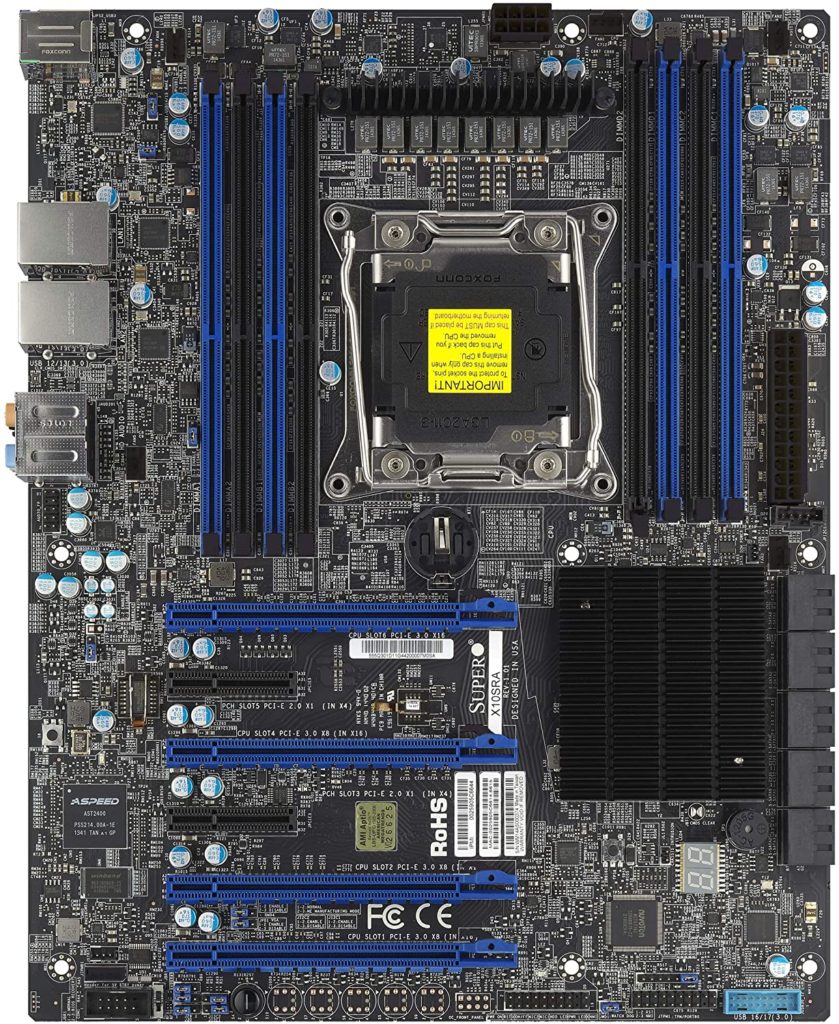
Supermicro X10SRA ATX LGA2011-3 Motherboard
Trusted and extremely reliable manufacturer, 512GB RAM maximum for future growth, two(2) build in NICs, enough PCIe Gen 3 slots for flexibility and expansion, reasonable price.
RAM
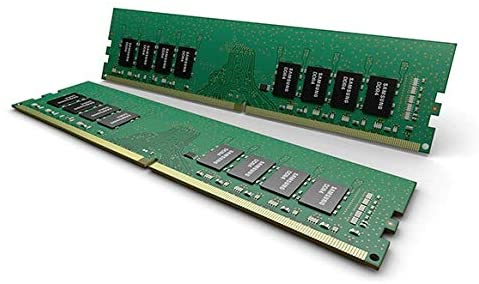
Samsung 32GB DDR4-2400 ECC Reg Server Memory
Initially bought two(2) of these modules for a total of 64 GB of RAM. I went with 32 GB because I found they where a good capacity/price balance.
Storage: NVMe Expansion Card
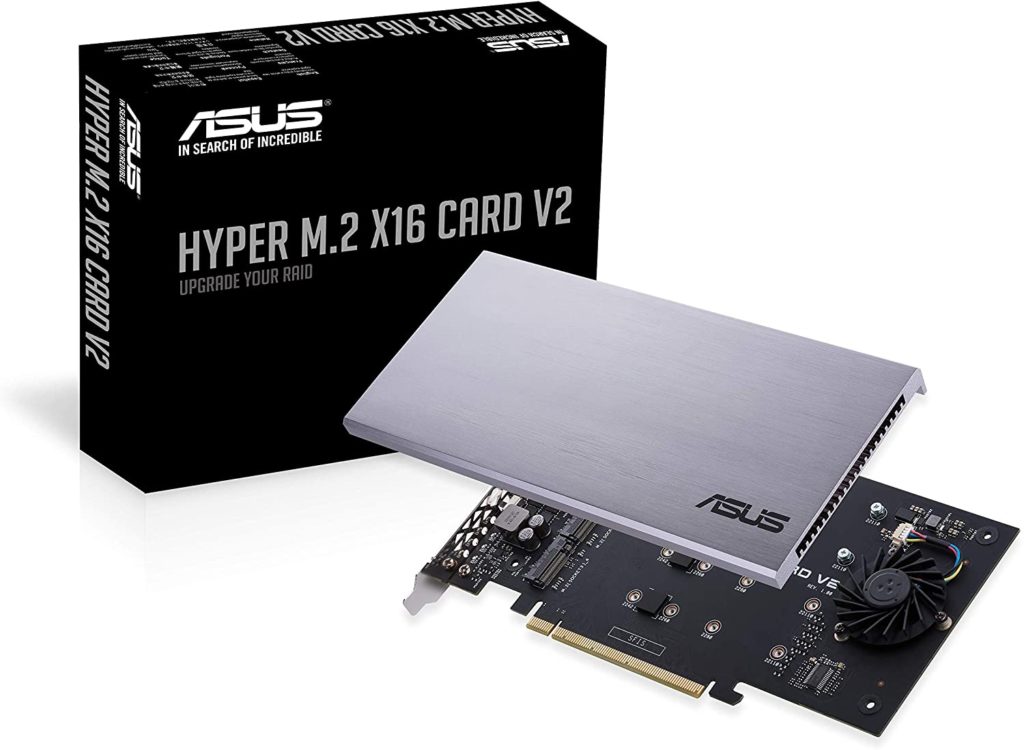
ASUS Hyper M.2 X16 PCIe 3.0 X4 Expansion Card V2
I did not want to fill all my available PCIe slots with single or dual NVMe expansion cards, so this was the only one I could find with pretty good reviews & feedback. IMPORTANT: Make sure your motherboard has the ability to do PCIe bifurcation (electrically splitting lanes on a single slot). In my configuration, I had to statically split my x16 slot in 4x4x4x4 for vSphere 7 to detect more than one NVMe.
Storage: NVMe Drives
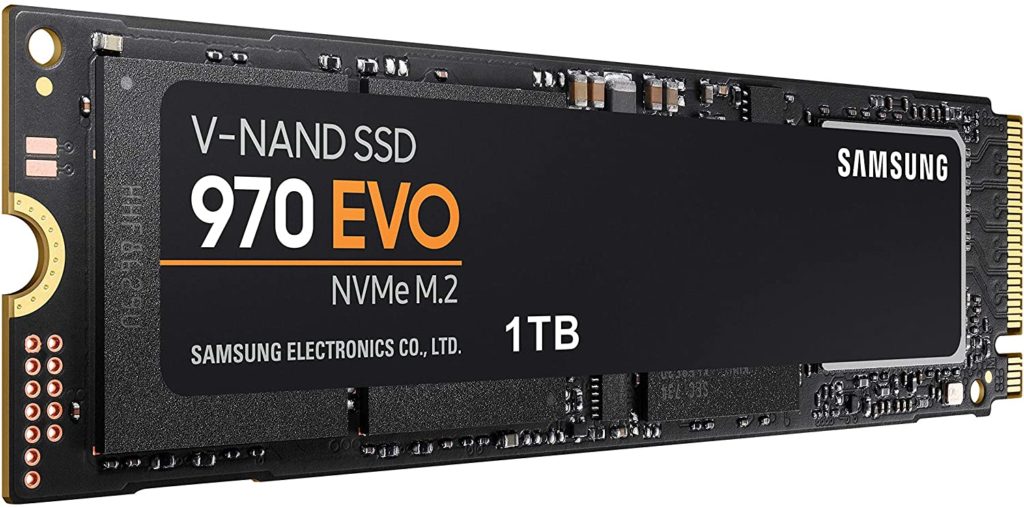
Samsung SSD 970 EVO NVMe M.2 1TB
This will be my primary local datastore for VMs. I don’t have a lot of knowledge related to NVMe specs, so I just went with the most reviewed and capacity/price balanced.

WD_BLACK SN750 NVMe™ SSD (250GB)
This SSD will be dedicated for virtual machine swapping, 250 GB is a bit overkill for that purpose, but the price difference for less storage was a no brainer. I might throw a vSphere Content Library there too (don’t mix those two in production scenarios).
Storage: HDDs
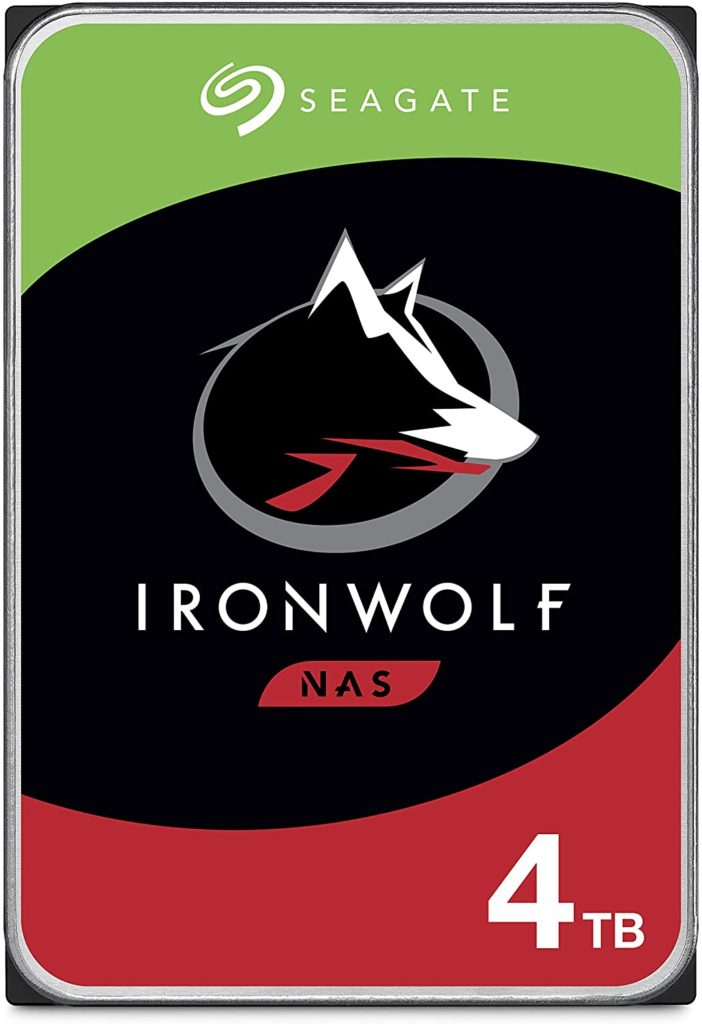
Seagate IronWolf 4TB NAS HDD, 3.5″ SATA 6Gb/s 5900 RPM
Bought three(3) of these HDDs for low-perf. VMs and long-term bulk data storage.
Graphics
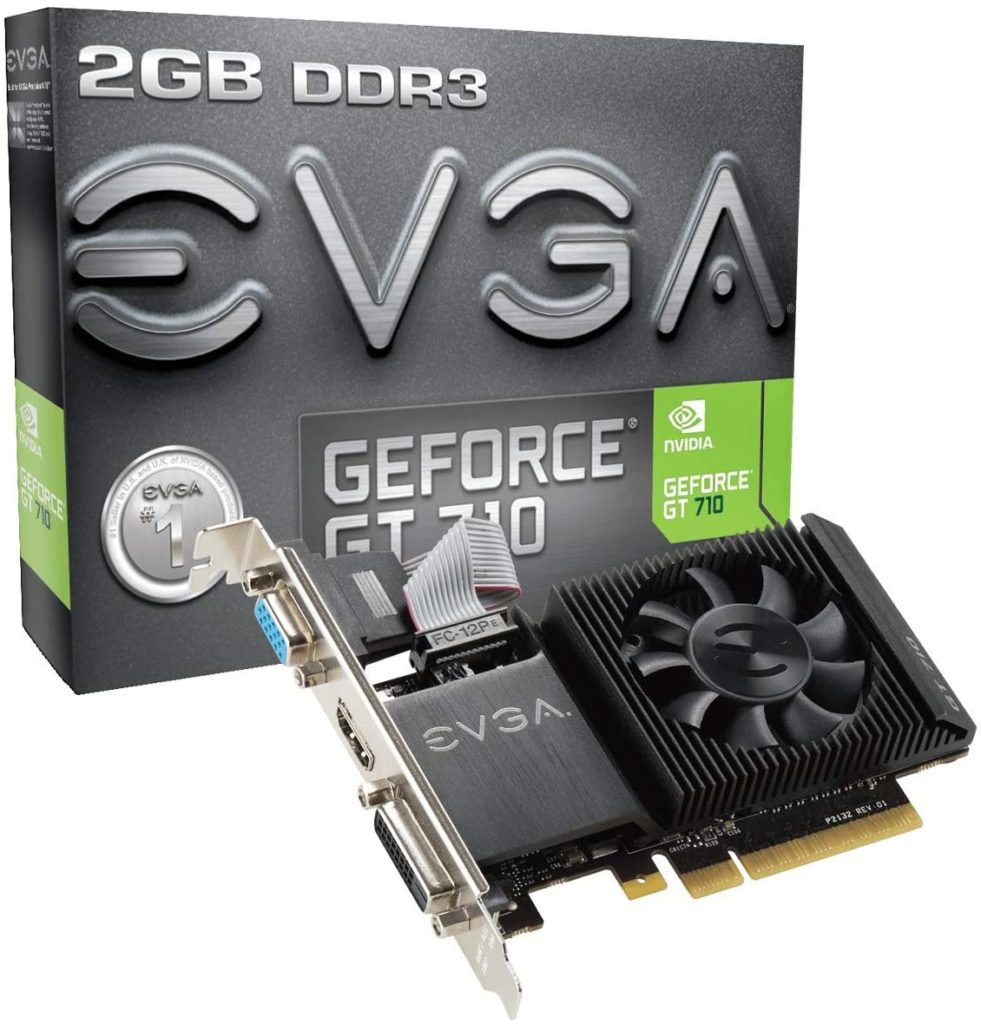
EVGA GeForce GT 710 2GB (Single Slot, Low Profile)
Most reviewed & cheapest graphics card I could find. Its only purpose is to have a graphical console for BIOS and hypervisor upgrades (since my picked motherboard doesn’t have IPMI). This server will be just hanging in my closet, no plans for connecting any monitors to it.
Case
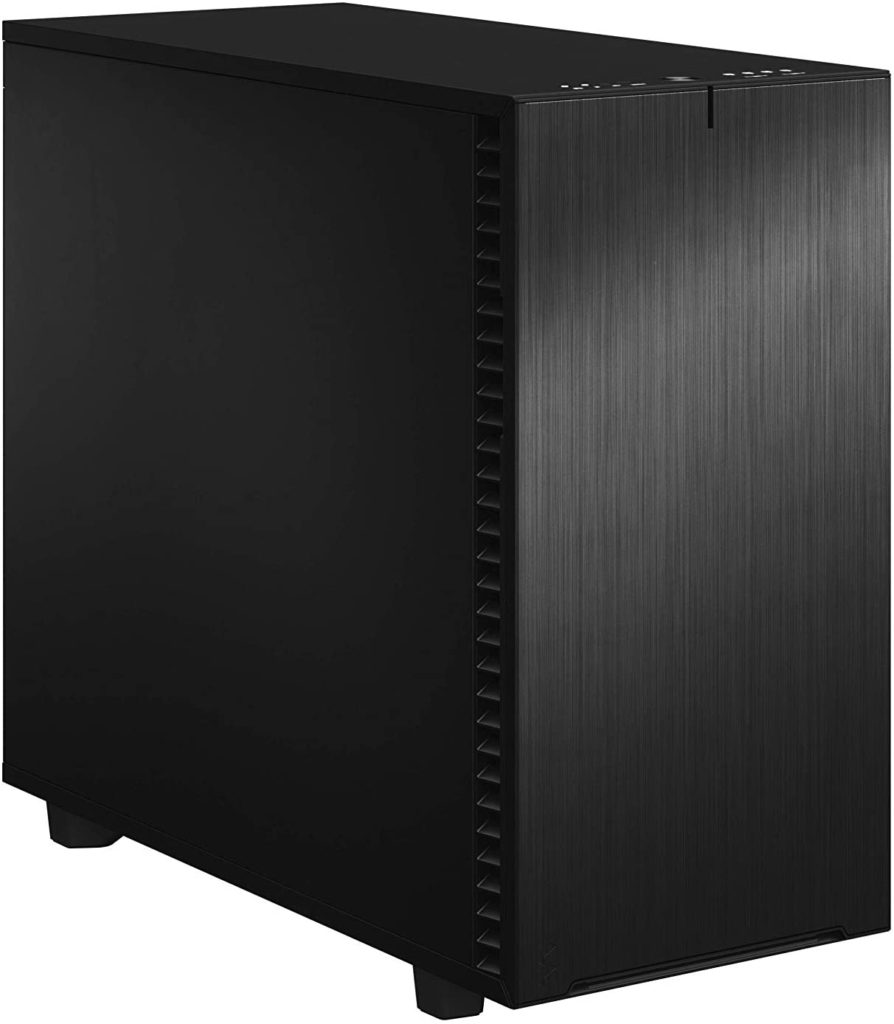
Fractal Design Define 7 ATX Mid Tower Case
I started my journey looking for compact stuff… But when adding specs and functions to my server I figured I needed space for expansion and apart from that, this case is simply beautiful. After receiving it and exploring for a couple of hours, I’m in love with it, it doesn’t even make justice for the closet I’m going to dump it to.
PSU
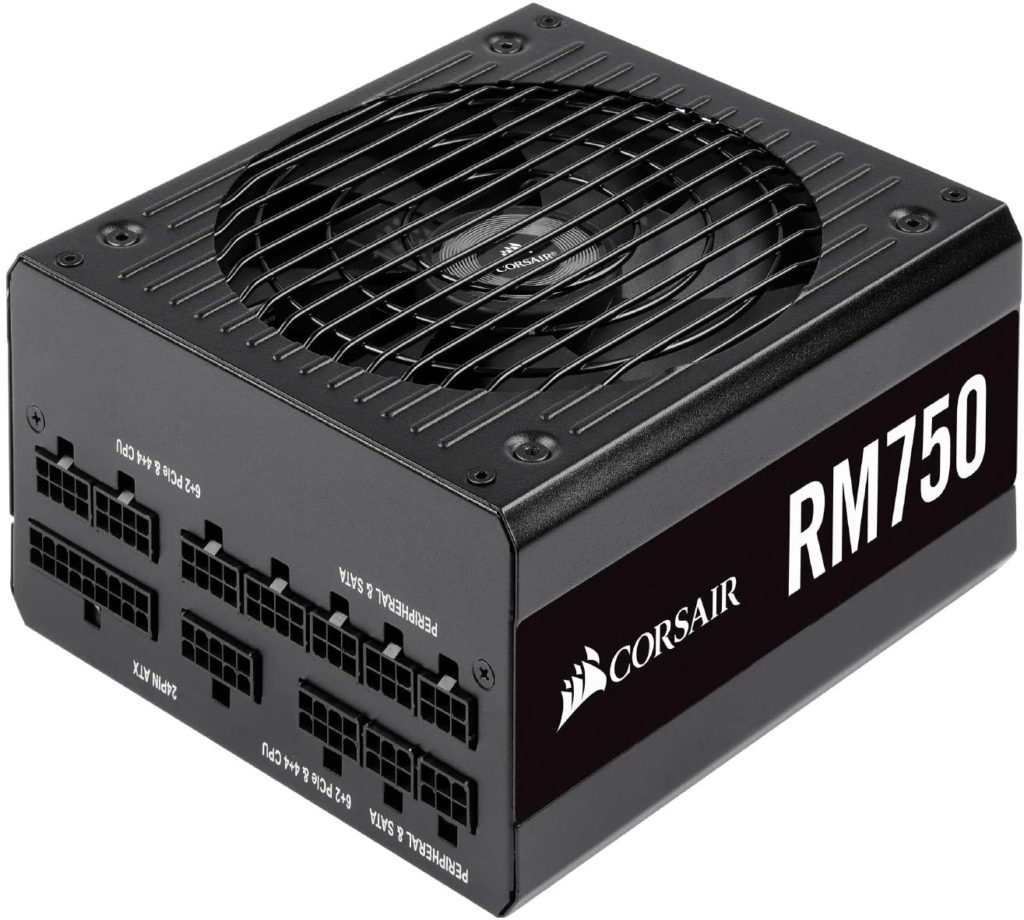
Corsair RM750 – 750 Watt 80 PLUS® Gold Certified Fully Modular PSU
I’m not sure why I picked this PSU, actually, I didn’t, it simply was in Jon’s lab parts list (as most of the other hardware I ended up picking XD).
Software

VMUG Advantage EVALExperience: VMware Cloud Foundation™
Since part of the functions of my server are going to be labs, the VMUG Advantage membership is a no-brainer for the EVALExperience access to full featured enterprise products. And of course, VMware is one of my areas of expertise, I just love their products.
Disclaimer: I’m not being paid to say or promote this.
BOM (Build of Materials)
Spoiler Alert: This server is already built and rocking since around April, 2020. Which means, the prices on the table reflect what I paid for everything, but may have changed by the time you’re reading this post.
Build Pictures
BONUS!
This has nothing to do with the actual server, but I figured I shared some additional hardware that form part of my home network.
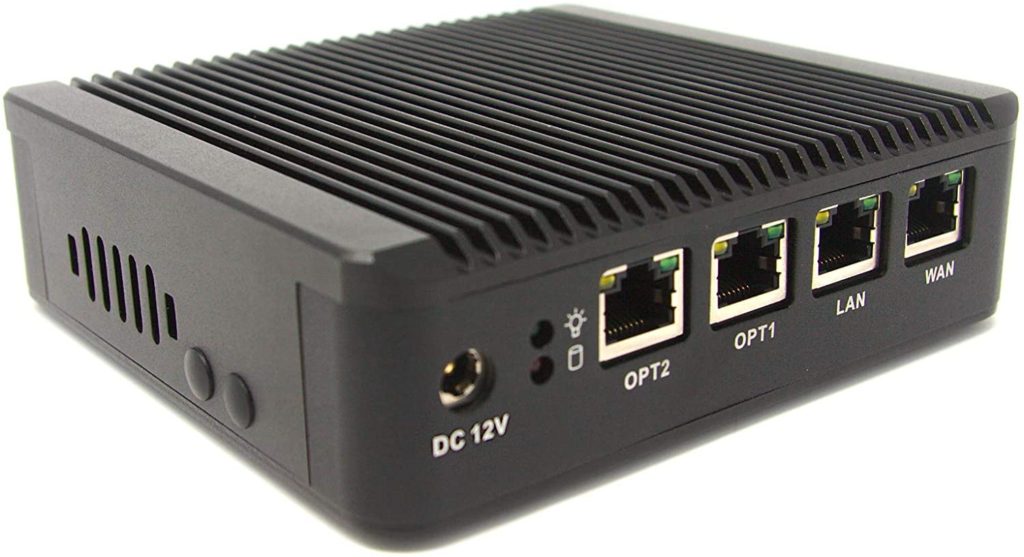
Protectli FW4A – 4 Port Firewall Micro Appliance – Intel Quad Core® E3845, 8GB RAM, 128GB mSATA SSD
Running pfSense on this box as my primary firewall/router. I bought it in (July 2019) with 4GB of RAM and 32GB of mSATA storage for around $300, but you can now get more specs for the same price on newer models.

Ubiquiti Networks UniFi Switch 8-Port 150 Watts (US-8-150W)
If I were to go back in time, I would have purchased a bigger one with at least 16 ports and a couple of 10G ports, but initially, I just bought it (July 2019) for Access Points and a couple of devices (my home network is always growing apparently). It is not an advanced switch, but it serves my basic purpose of VLAN tagging and it’s centrally managed along with my UniFi APs in a beautiful interface.
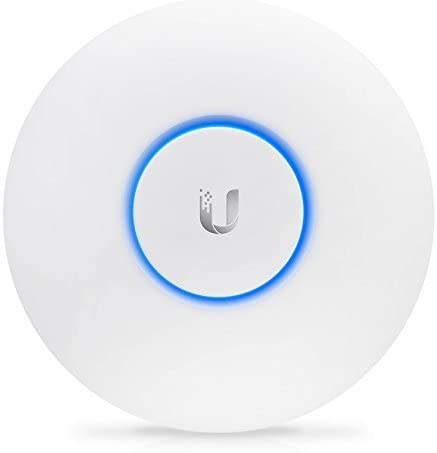
Excellent bang for the buck, extremely reliable and fast WiFi performance. I bought two(2) of these APs (July 2019), one(1) for each floor, and as of this writing I’m still extremely happy with absolutely no WiFi dead-zones in the house or around the backyard. Note: You’ll need the UniFi Controller software somewhere locally or cloud-hosted. Mine is running locally from a Debian VM on my server.
Subscribe to get notified of new content!
[Disclaimer]
The views and opinions expressed on this site are my own and do not reflect the views and opinions of my employer. Roberto Leon is a participant in the Amazon Services LLC Associates Program, an affiliate advertising program designed to provide a means for sites to earn advertising fees by advertising and linking to Amazon.com.
